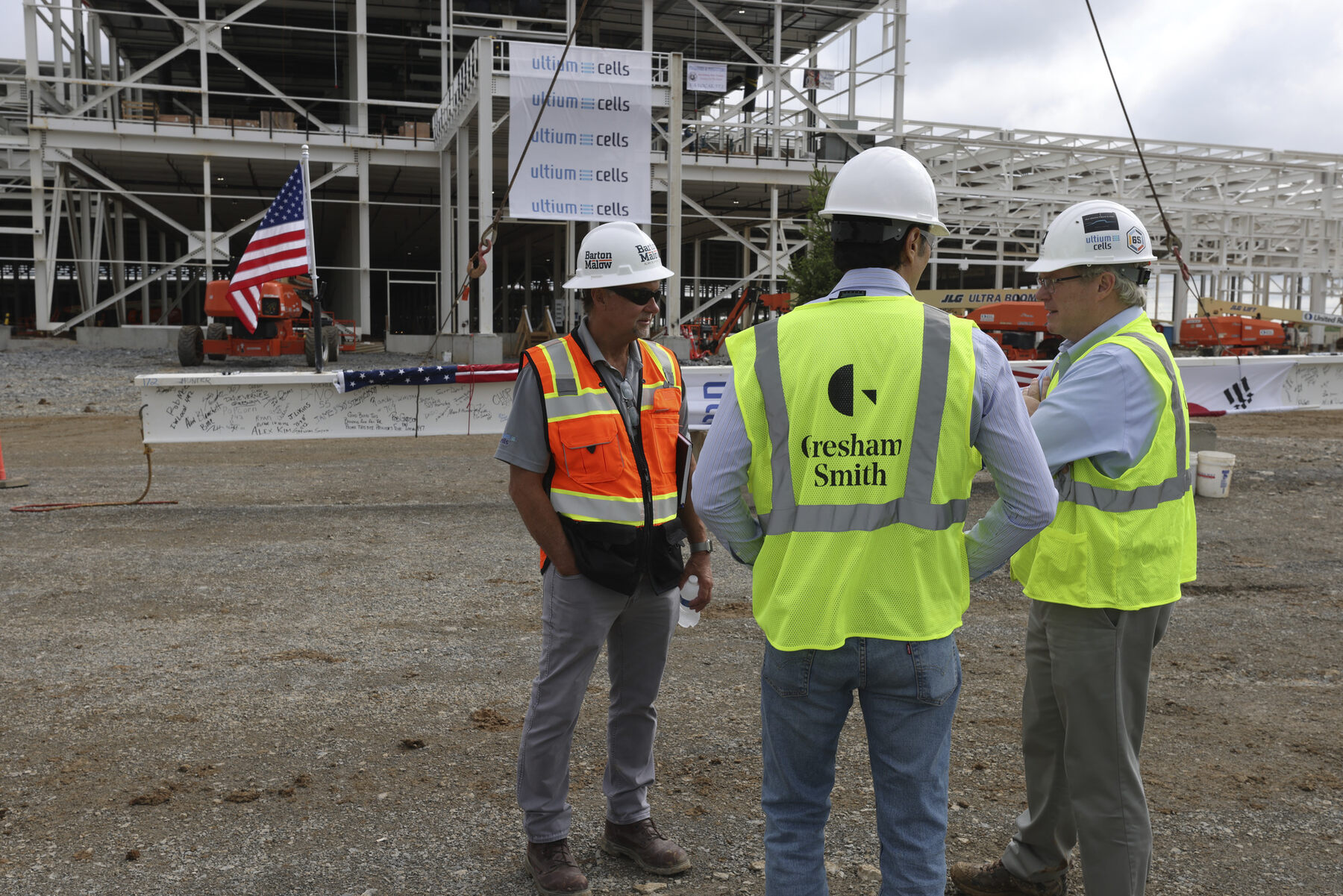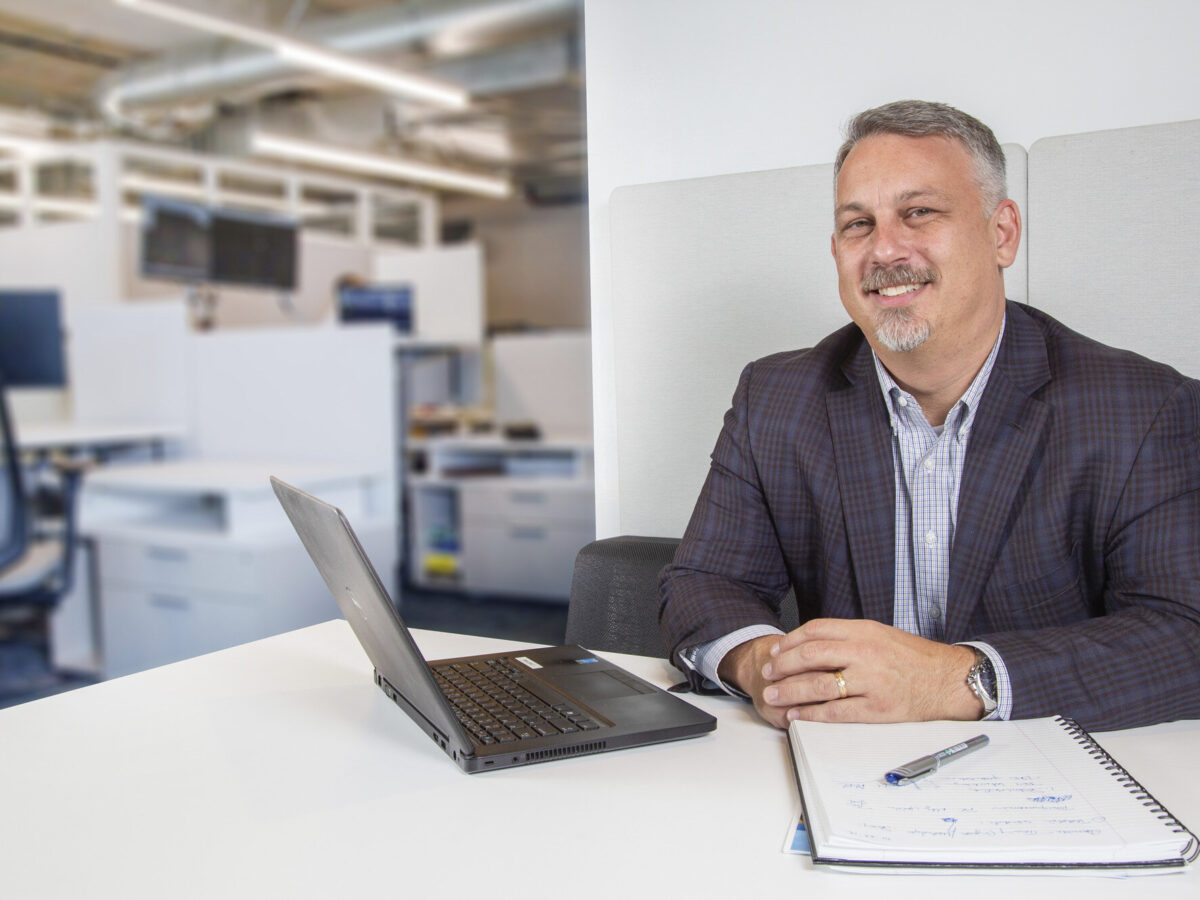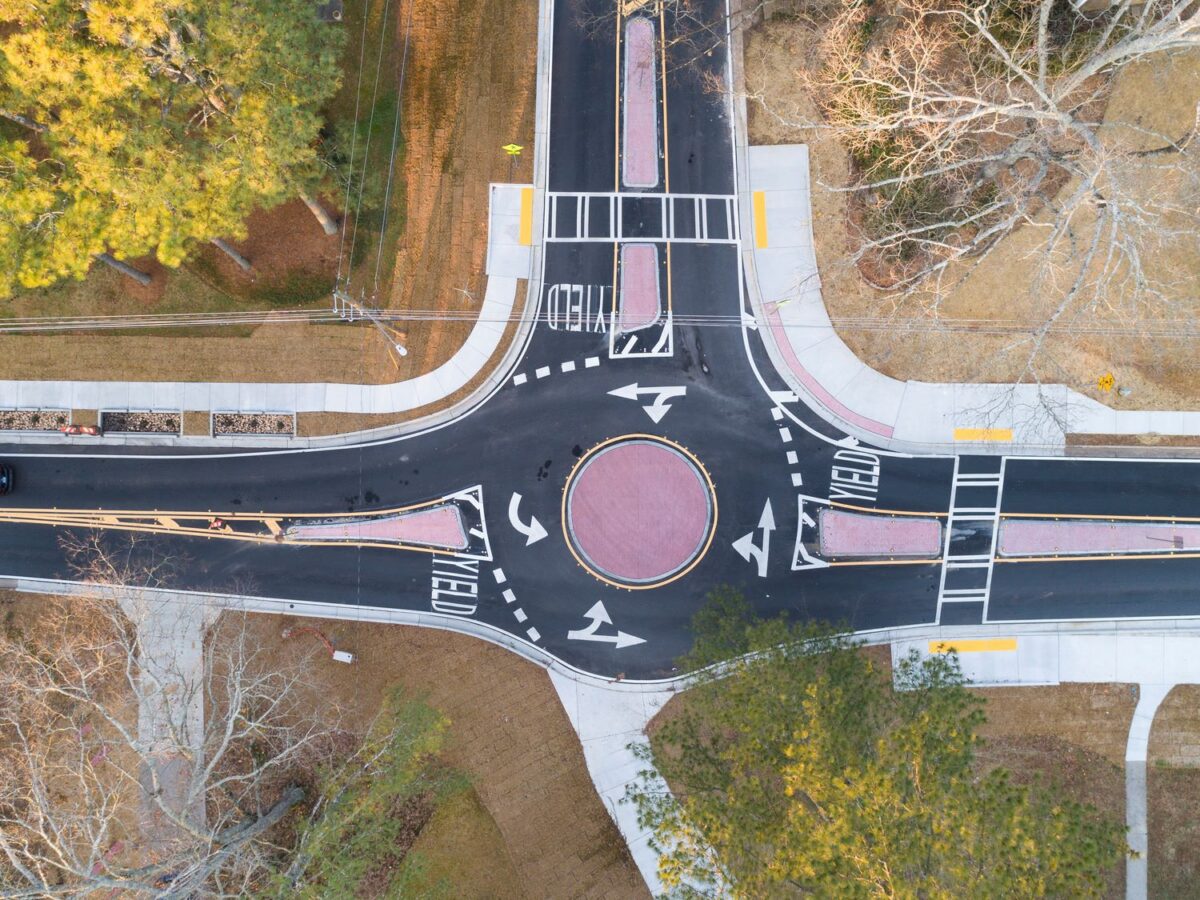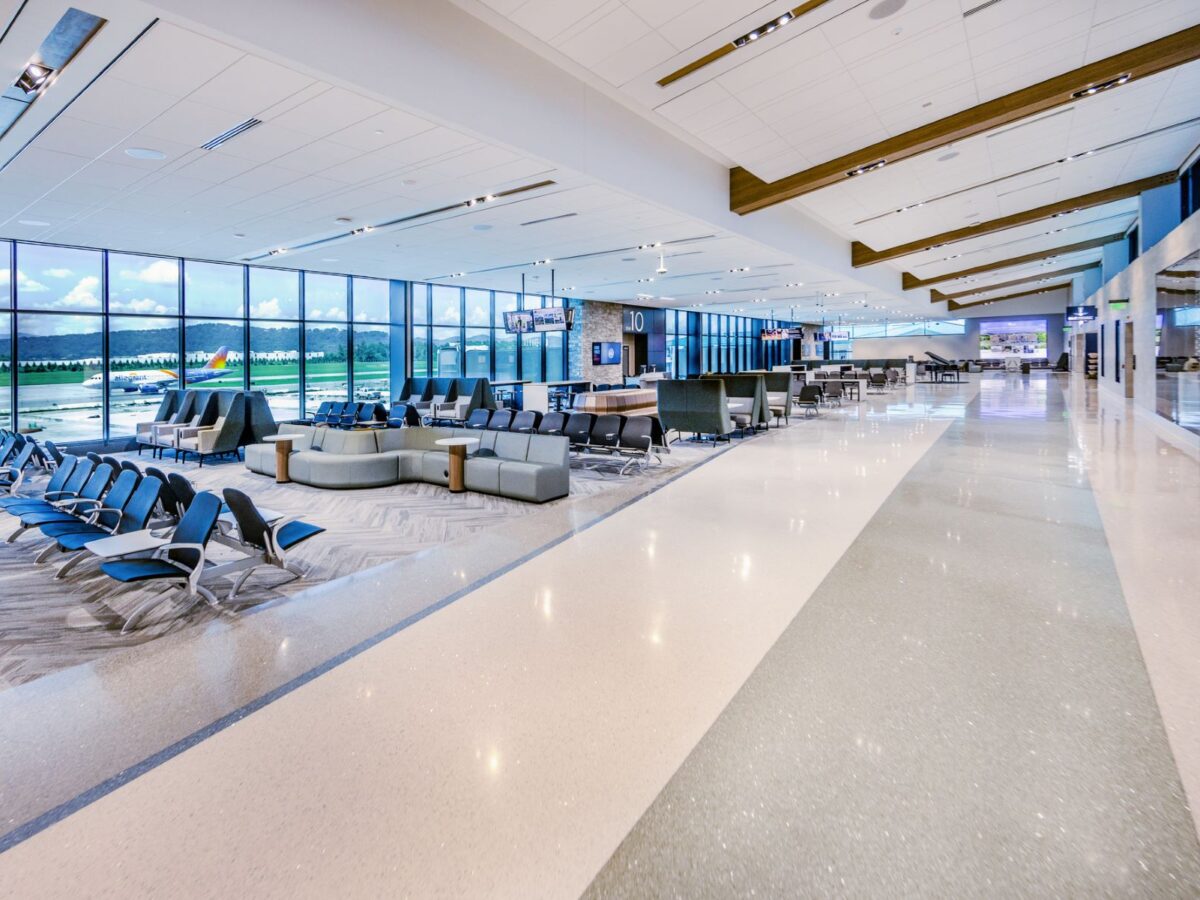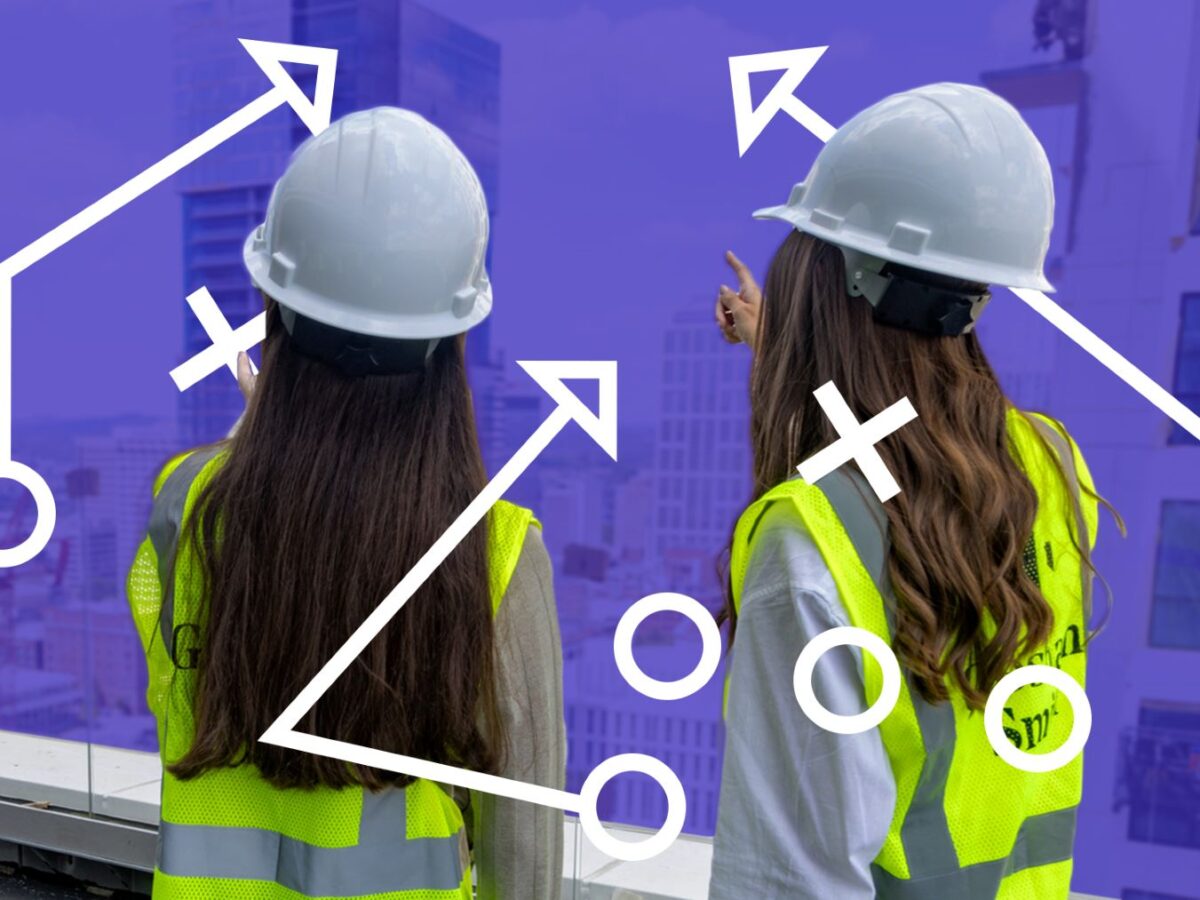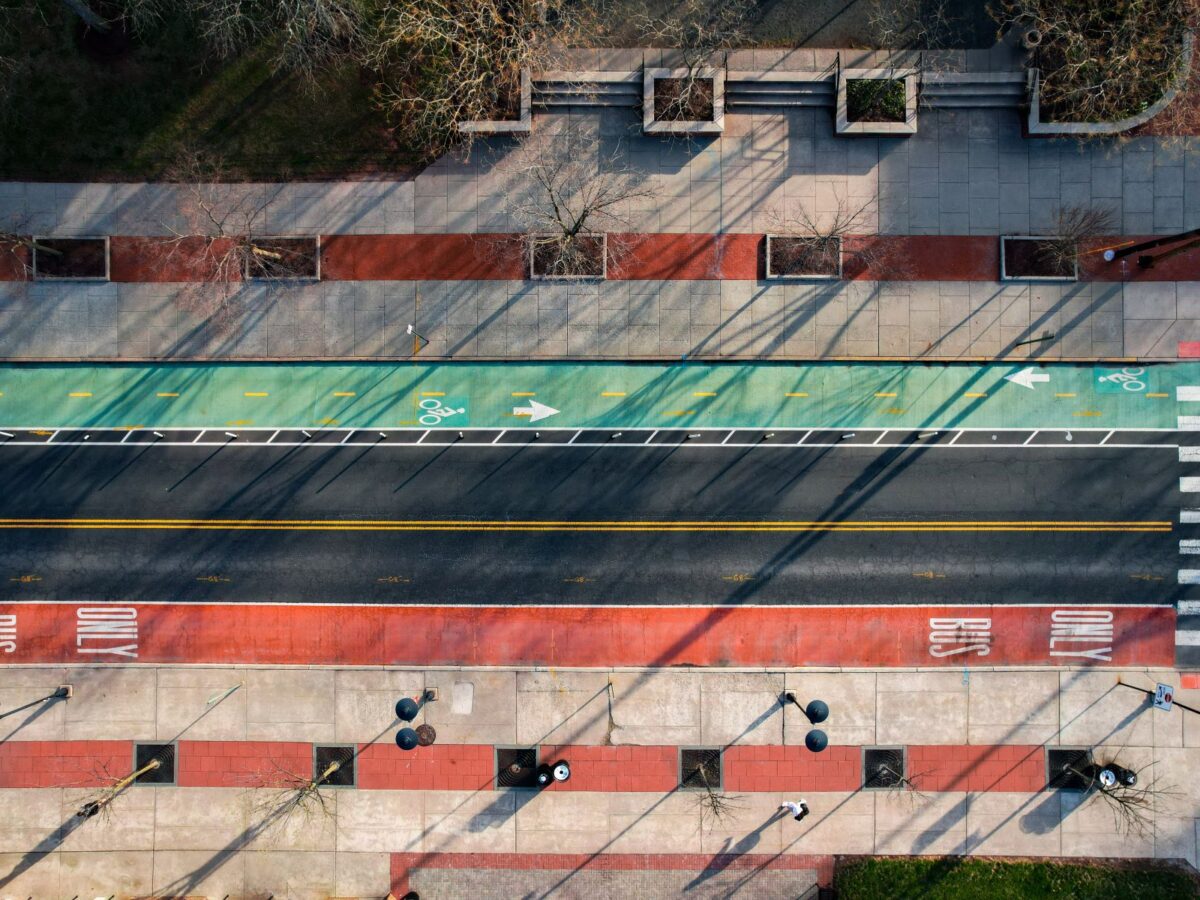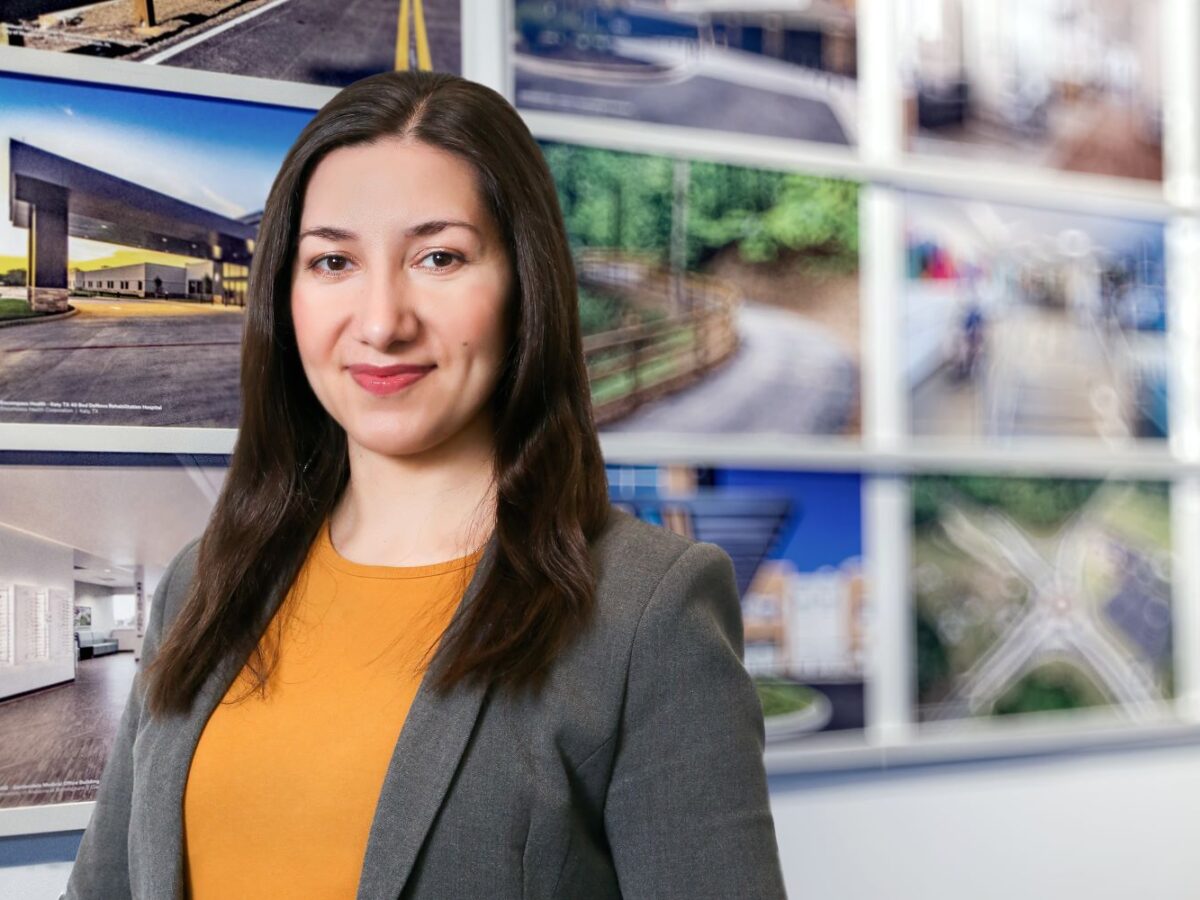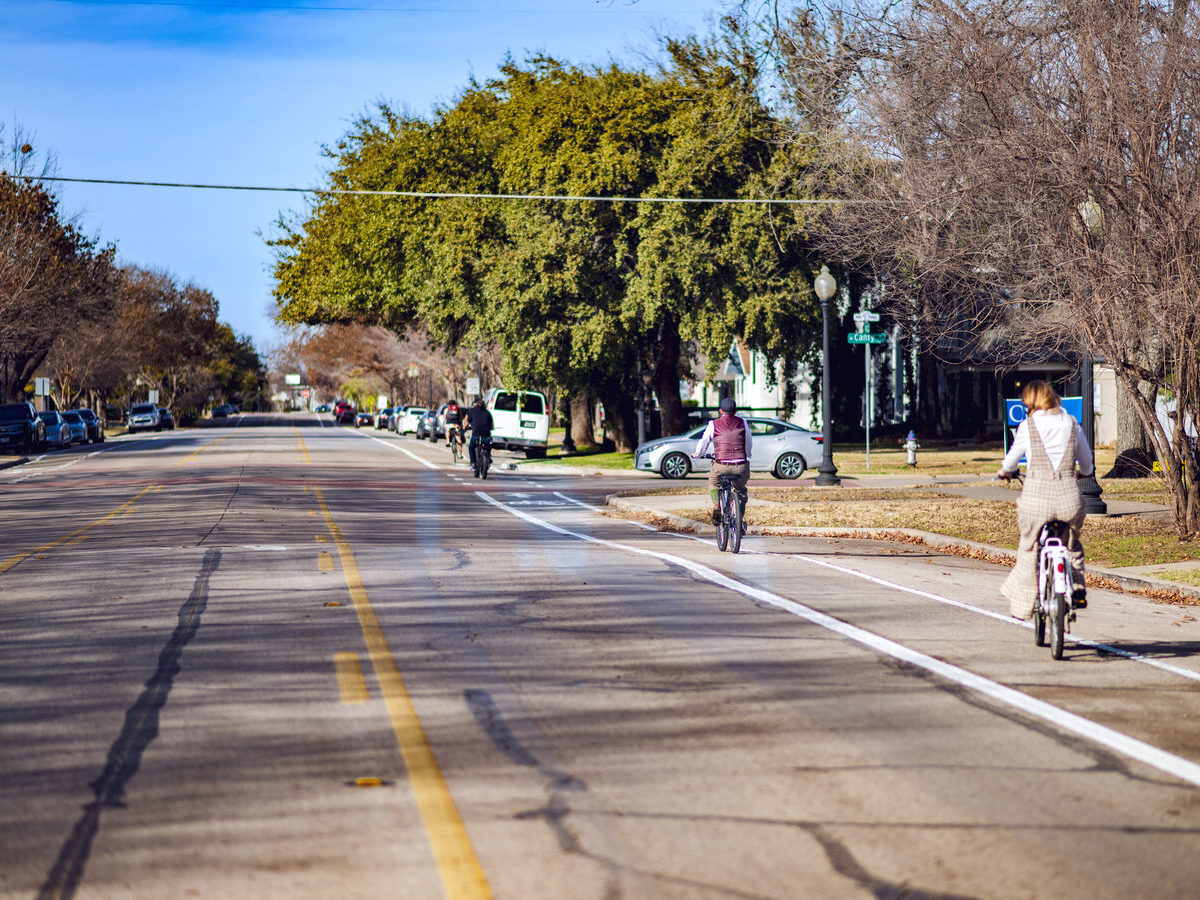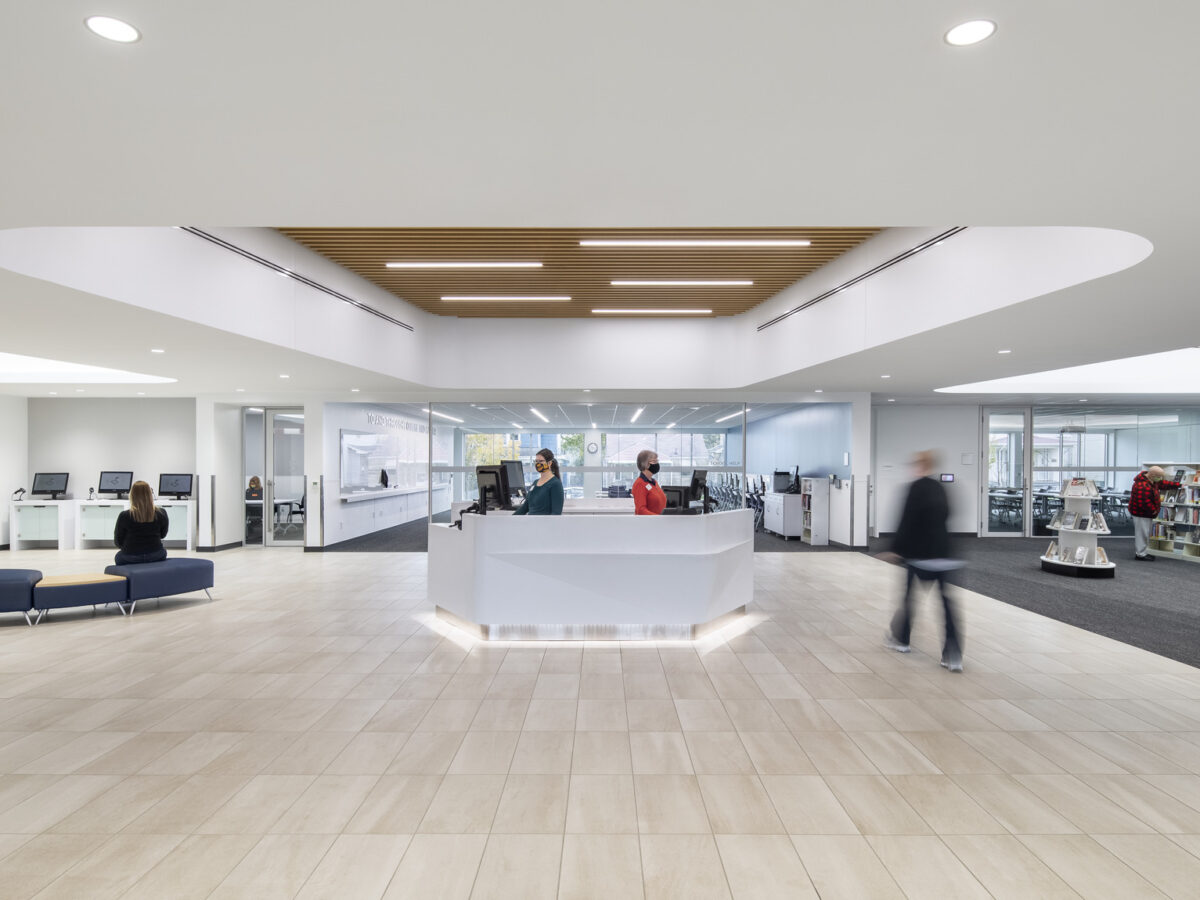In recent months, there have been a wave of announcements from global automakers and battery technology companies about their plans to build new lithium-ion battery plants to create the batteries that will fuel their next-generation electric vehicles. As more automakers look to invest in electric vehicles, they have quickly realized that one of their largest obstacles is supplying the batteries needed for these new EVs, meaning they need to move quickly to secure locations for new operations.
As a leading design firm for battery plants, we understand the necessary process—electrode production to cell assembly, formation, module, pack and shipping. We also know what to look for when you’re scouting sites. In fact, over the last year, we have evaluated over 88,000 acres across the Southeast and Texas for potential EV battery manufacturing operations.
To learn more about site selection and battery plants, we sat down with Rob Whitson, a senior civil engineer in our Land Planning market. The following are some key takeaways from our conversation.
What’s your process for selecting a site?
With any client in any industry, we first want to understand the client’s needs. For example, we ask questions like: Where are your existing operations? How large is your new investment? What is your plan for future growth? Once we have the answers to these key questions, we discuss the client’s manufacturing process. We design each facility around that manufacturing process and then design the site to support that facility. With that information, we then look at other external factors like state incentives, local permitting requirements and environmental elements.
What are the major challenges for finding a site?
Battery facilities present their own unique challenges. Two major factors are land and utilities. Our clients are often looking at massive sites to support multimillion-square-foot buildings. On top of that, battery plants typically carry a very large utility demand, which can significantly limit the number of acceptable sites. For example, a new battery plant project might need a 500-acre site that can also provide millions of gallons of water per day for their operations. Not every site or community can handle that.
In your experience, what stands out most about the process of determining the right site for battery plants?
Speed is key. As the shift to electrify our transportation network kicks into high gear, there is a rush to get to market. To do that, automakers are quickly moving to secure their battery technology partners, working with them to define their process and hoping to bring their new facilities to fruition as soon as possible. The first thing you need to do is identify a site. And with the size of the typical plant, there aren’t that many to choose from. Construction cost is important on every project, but interestingly, what we’re seeing is sometimes speed trumps cost. Because of the competition, finding a suitable site early—one that can be developed on a faster timeline—is worth a larger investment for many of our clients.
What other variables should clients look out for?
With the difficulty clients are having procuring materials coupled with the escalating costs of those materials, decisions have to be made earlier in the design process than clients are used to. We advise clients to break out the project into early release packages to fast track the overall schedule. Of course, there is risk in that approach, but it’s something to consider.
Take steel, for instance. Steel is an essential element of many projects. Right now, it takes a long time to procure steel, and there is a lot of competition for it. During initial design, if you can work with the contractor in the early phases of design to determine how much steel you need, that can really pay dividends down the road. Electrical equipment is another shortage we see a lot.
What other advice do you have?
If you want to keep up with the competition and deliver the project as quickly as possible, you have to bring your entire team together on the front end. As I’ve mentioned, in this environment, you may be ordering steel a lot sooner than you typically do, and you have to have a contractor on board early.
We have achieved this with a number of different formats, whether it be design-build, the integrated project delivery model or the traditional design-bid-build, but with early contractor involvement. Getting input in the early stages from all the start-to-finish parties is how we bring the greatest possible value to the client. In our experience, it allows you take a lean approach, increase collaboration and cut waste—all while delivering on a fast-track schedule.
